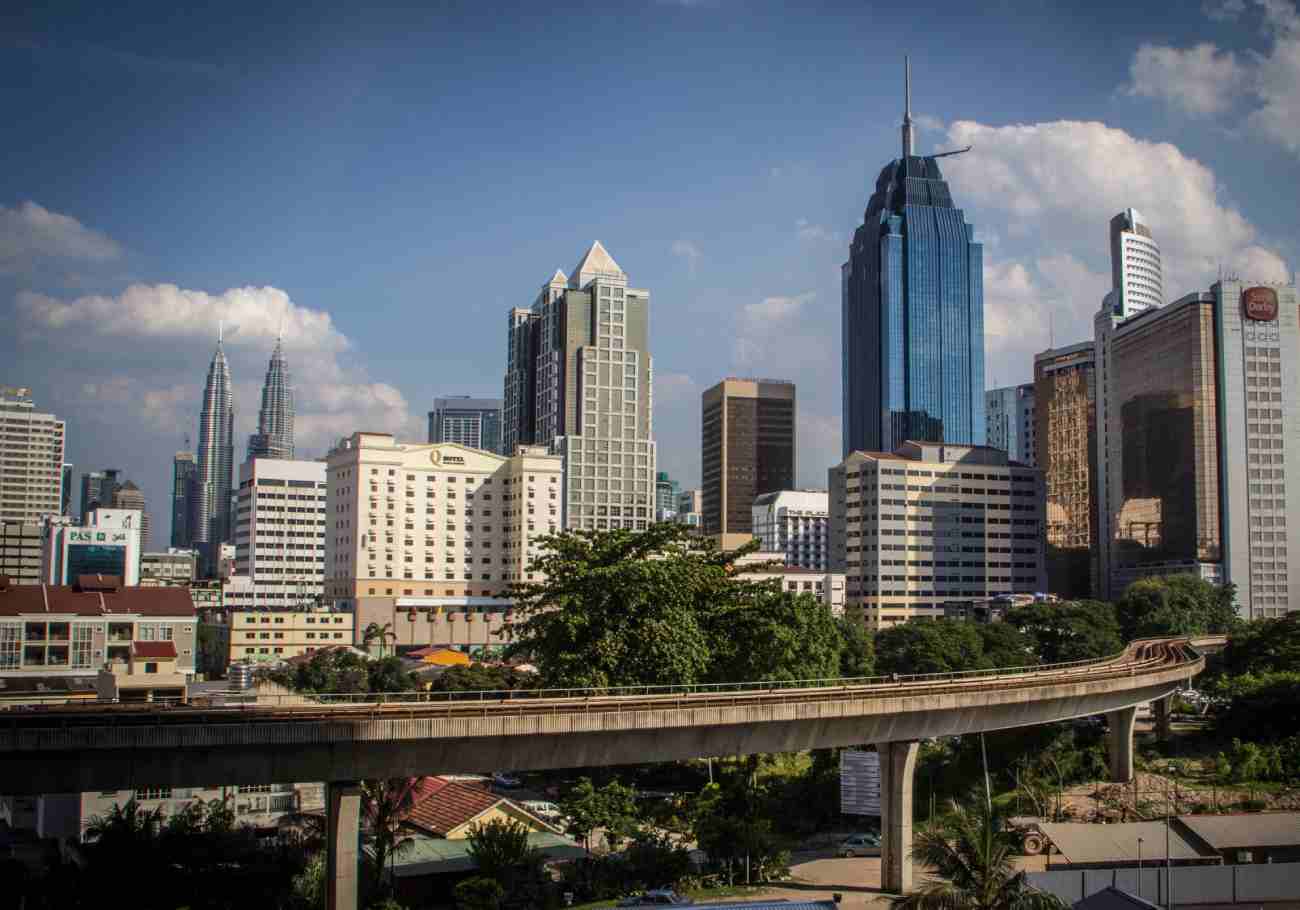I refer to the article “PM’S May day rally speech: ‘Govt to create good jobs, better pay for workers‘”
It states that, “The government’s strategy to improve Singapore workers’ lives has worked and it will continue to use this successful formula to create growth, good jobs and steady increase in real wages for them over the long-term, said Prime Minister Lee Hsien Loong on Sunday.”
Real median income growth
As the median income for resident workers was $2,000 in 2000, after adjusting for inflation to $2,500 in 2010, does it mean that the real income growth over the last decade or so was only just over one per cent per annum?
From my analysis of the Ministry of Manpower’s (MOM) wage data and the Department of Statistics’ Consumer Price Index (CPI) data, the real median wage only grew by about 1.2 per cent per annum, from 1999 to 2010.
Real lower-income growth
Since the median is half the resident working population, the bottom quarter or so may have had declining real wages.
According to the 2010 Census, there were 226,928 resident workers (Singaporeans and permanent residents (PRs)) earning not more than $1,000, which was about 12 per cent of the total resident workforce. The break-down is 63,864 earned less than $500 and 163,064 earned between $500 to $999.
According to MOM’s wage data, 400,100 resident workers which is about 21 per cent of total workers earned not more than $1,200.
This $1.200 figure has been used over the last 10 years or so – shouldn’t it be adjusted for inflation?
If the $1,200 is adjusted for inflation, how many residents are earning an inflation-adjusted $1,200 today? If we add to this inflation-adjusted figure, the 66,400 unemployed as at Decembr last year, and the 10,900 discouraged unemployed who have given up looking for a job, I estimate the grand total to be more than half a million, who earn less than $1,200 (inflation-adjusted) or are unemployed.
The number of unemployed residents was 64,400 in December. How many are Singapreans since the resident data is not broken down to Singaporeans and PRs?
Four times more rate of change of growth of foreigners than locals?
A total of 115 900 jobs were created last year. Local employment (Singaporeans and PRs) grew by 56,200 jobs and foreign employment grew by 59,700 jobs. This means that the rate of change of growth in foreign employment over the previous year’s minus 4,200 was about four times more than that for locals over the previous year’s 41,800.
This is despite the consistent rhetoric that the influx of foreign workers into Singapore will be curtailed. Also, since the data for locals includes both Singaporeans and PRs, how many of the jobs created actually went to Singaporeans?
Since the number of new citizens and permanent residents was about 49,000 (29,265 PRs and 18,758 new citizens) last year, how many of the 56,200 increase in local jobs went to Singaporeans?
Also, while the incidence of training among the unemployed increased for the fourth successive year to reach a decade-high of 19 percent in 2010, are the unemployed who undergoe training counted as unemployed? I believe the answer is no.
Longest working hours in the world?
The report also revealed that the average (mean) usual hours worked per week among employed residents rose by 1.0 hour over the year to 46.6 hours in 2010 “… the usual weekly working hours increased over the year for both full-time (from 47.9 to 49.2 hours) and part-time (from 21.1 to 21.6 hours) employed residents”.
Since last year’s real income increase was only 0.5 per cent, despite the record 14.5 per cent record GDP growth, if we adjust for the longer woking hours, what was the real income increase?
More part-timers
According to the MOM report, the number and share of part-timers in the resident workforce rose to 176,700 or 9.0 percent in 2010 from 156,200 or 8.4 percent in 2009. Does it mean that more Singaporeans may prefer to work part-time, or that it may be harder to get a full-time job?
Perhaps what is interesting is that around half or 49 percent of the part-timers in 2010 were “willing and available to work additional hours (i.e. underemployed … the number of underemployed residents rose from 80,500 or 4.3 percent of all employed residents to 86,600 or 4.4 percent over the year … older residents aged 60 and over (8.8 percent) and in their 50s (6.1 percent) also had higher underemployment rates than those in their 20s to 40s (2.3 to 4.2 percent)”.
So, does this mean that a lot of people, particularly the older ones, were willing to work more, but could not get more work?
Term contracts getting shorter?
Another interesting statistic may be that those on term contracts of more than two years declined by 31.7 percent, and those on three months to less than six months increased by 14 percent.
Does this mean that those on contract jobs are being offered shorter contracts, and thus may run a higher risk of being more frequently unemployed if their contracts are not renewed?
Older, harder to get job?
The report also indicated that once out of work, mature residents were more likely to stay unemployed for extended periods. “Close to three in ten (28 percent) resident job seekers aged 40 and over had been looking for work for at least 25 weeks in June 2010, higher than two in ten (20 percent) for all job seekers.”
So, the older you get, the harder it may be to get another another job.
The above statistics do not seem to commensurate with the statement that Singaporeans have gotten good jobs and steady increase in real wages.












